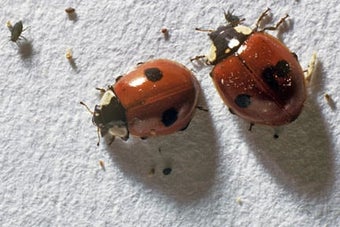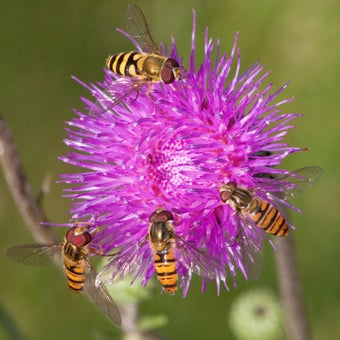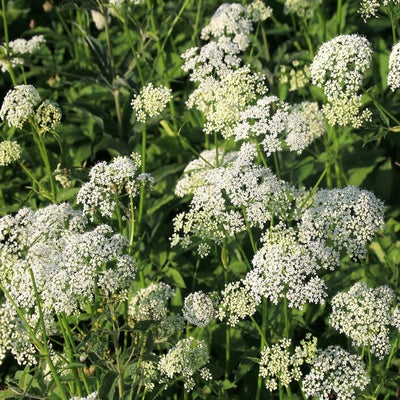
Quick facts
Cow parsley’s botanical name is Anthriscus sylvestris
It is one of many umbelliferous wildflowers in the UK
It supports a range of wildlife, including butterflies and hoverflies
Cow parsley is a short-lived perennial or sometimes biennial
Each plant produces hundreds of seed, so can quickly spread
If you want to remove it, non-chemical methods are easy and effective
What does cow parsley look like?
Cow parsley produces clumps of fresh green, fern-like leaves and upright, hollow, slightly hairy stems to 1.2m (4ft) tall. Small, delicate, white flowers appear in umbels (umbrella-like heads) between April and June, making it one of the earliest umbels to flower. These are followed by small, smooth, oblong fruits that become black or dark brown when ripe.

Did you know?
Cow parsley is also known as wild chervil, and its mildly aromatic young leaves can be added to salads. However, as it can be confused with other umbels, including poisonous plants like hemlock, it is best foraged only if you are confident you have identified it correctly.
Is cow parsley a weed?
Cow parsley is a , commonly found throughout the UK. It is increasingly grown in gardens as an ornamental, but often just appears in less-tended areas like orchards and allotment boundaries, as well as in gardens bordering open countryside. This is because cow parsley produces lots of seed, so an individual plant can quickly multiply.
Bear in mind that its flowers provide an early source of nectar for many pollinators and beneficial insects, including hoverflies, other flies and beetles, and its seeds are eaten by small birds. Grown in a grassy meadow or wildlife corner, it is a great way to boost the of your garden.
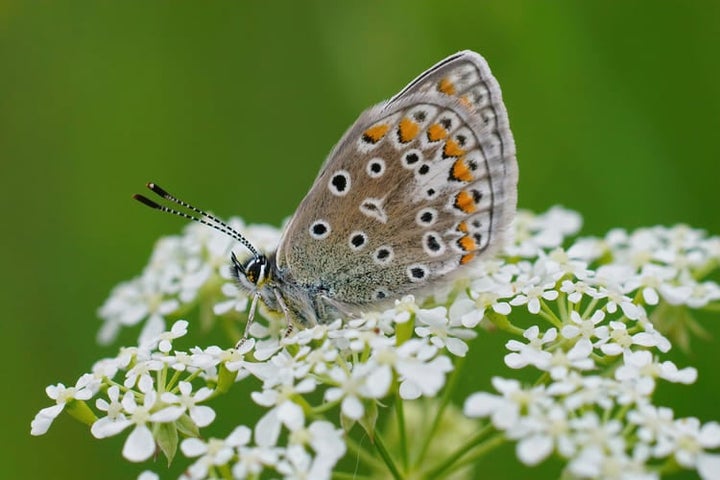
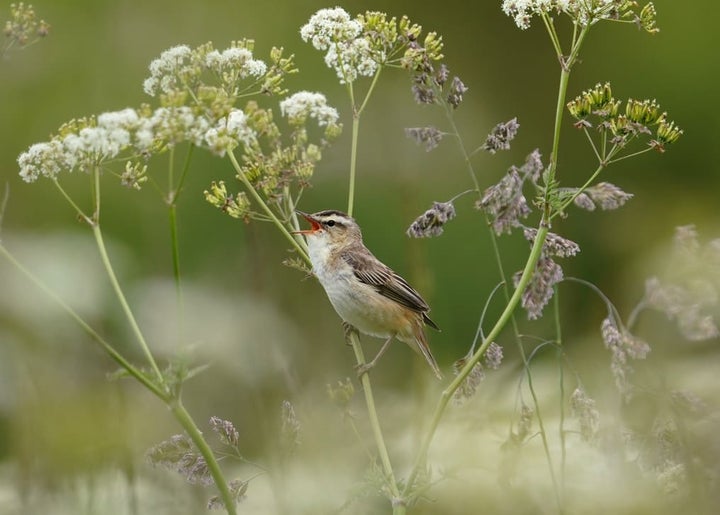
What is a weed?
The term ‘weed’ describes a plant that is growing where it isn’t wanted. Weeds usually thrive in average garden conditions, reproducing and spreading easily. It is up to you to decide what you call a weed and what you choose to retain or remove.
Frequently asked questions about controlling cow parsley
Here are our answers to your most common questions about dealing with cow parsley:
How invasive is cow parsley?
Cow parsley self-seeds readily, so if individual plants are left to mature, you’ll see many more appear the following year. This is good news in a wildlife corner or meadow, but not so welcome in more formal parts of the garden. The good news is that it is easy to remove unwanted plants, and doing so before they set seed will stop them spreading any further. As cow parsley is a short-lived , or sometimes just , individual plants don’t persist for many years.
Did you know?
Anthriscus sylvestris ‘Ravenswing’ is a purple-leaved cow parsley that is widely sold as an ornamental. It’s a good choice if you want to add the delicate flowers of cow parsley to your borders, but as it also self-seeds readily, make sure to deadhead before plants set seed to keep it within bounds.
Do I need to get rid of cow parsley?
No – allowing cow parsley to grow in a grassy meadow, wildlife corner or romantic-style area is a great way to boost the of your garden. And, as cow parsley attracts beneficial insects, like hoverflies, some of which eat aphids, having cow parsley in your garden is a good way to improve the health of your other plants.
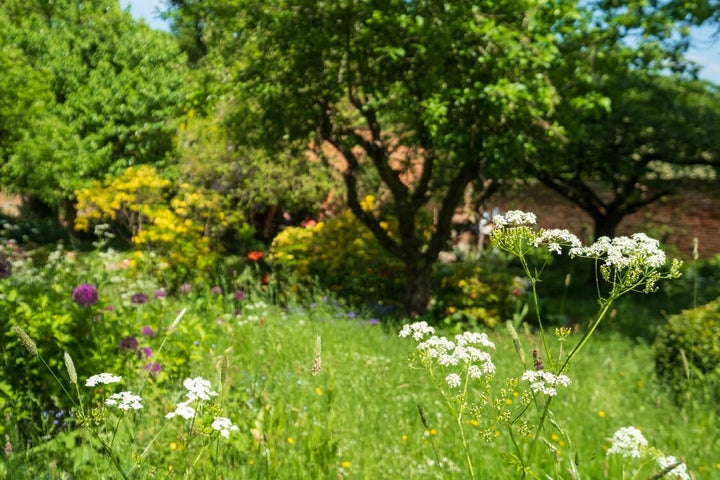
It is, however, a good idea to control the spread of cow parsley, by deadheading before plants set seed or selectively removing individual plants, so it doesn’t get out of hand. This is particularly important around young or low-growing plants which could become shaded by its tall stems.
What is the easiest way to kill cow parsley?
If you have cow parsley growing where it is not wanted, there are a few easy ways to remove it:
- Fork out plants – use a hand fork to remove cow parsley and a border fork to lift mature plants, making sure to insert deep enough to get below the and lift it out whole. Doing this in late spring, when plants have begun to develop the tall flower stems but haven’t yet started flowering, gives you good purchase without the risk of spreading seed. Position your fork at the base of the plant to minimise soil disturbance.
- Mow regularly – repeated mowing of cow parsley in grassy areas will weaken and eventually kill it.
Add young cow parsley plants, and grass clippings containing them, to your home compost bin, but consign those from mature, flowering plants to your council green waste recycling bin instead. This helps to prevent inadvertently spreading the seeds around your garden when you use home-made .
Top Tip
Hoeing isn’t an effective way to control cow parsley, as its taproot can regrow if damaged. The weed can also grow from small sections of root, so it is best to avoid digging the soil where it is present, to stop roots being chopped up and spread around.
Should I use a weedkiller?
No – established cow parsley plants are resistant to most lawn weedkillers, and plants can easily set and ripen seed in the time it takes for weedkillers to take effect. Non-chemical options are easy, effective and better for the environment.
For more information, see our page on Weeds: non-chemical controls.







